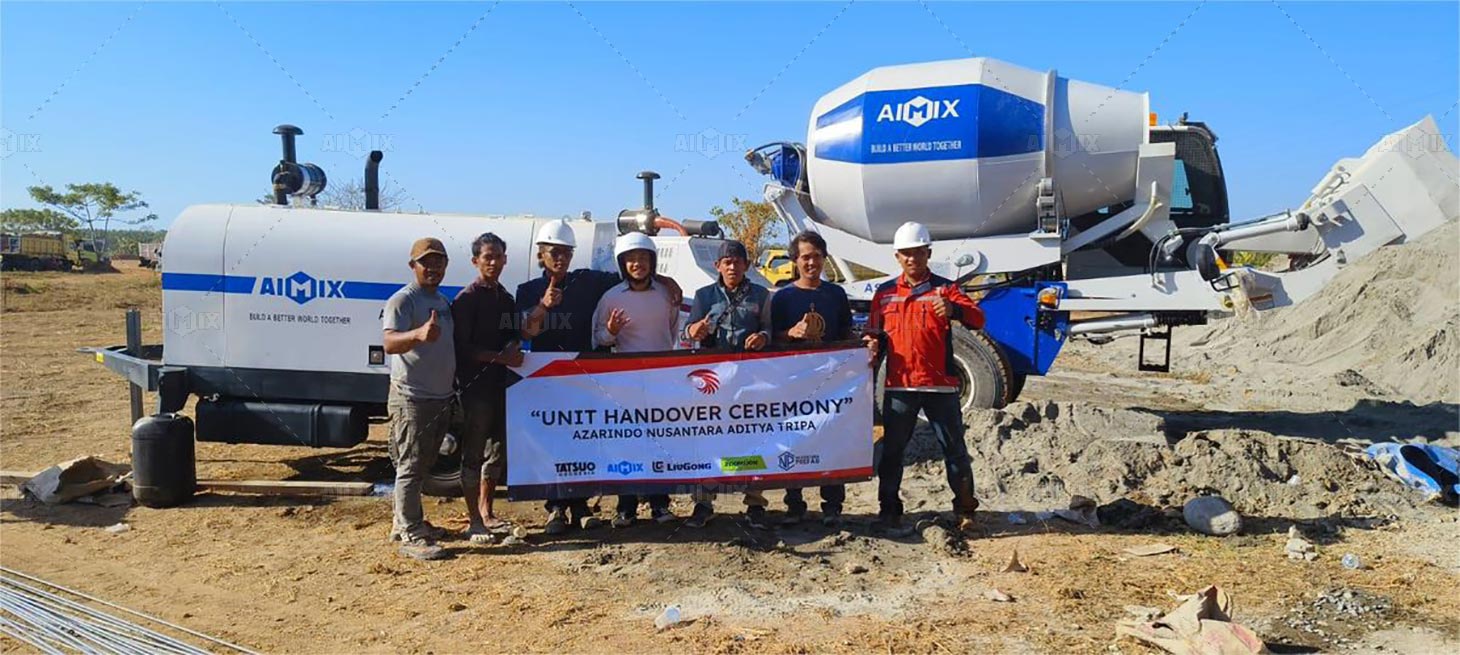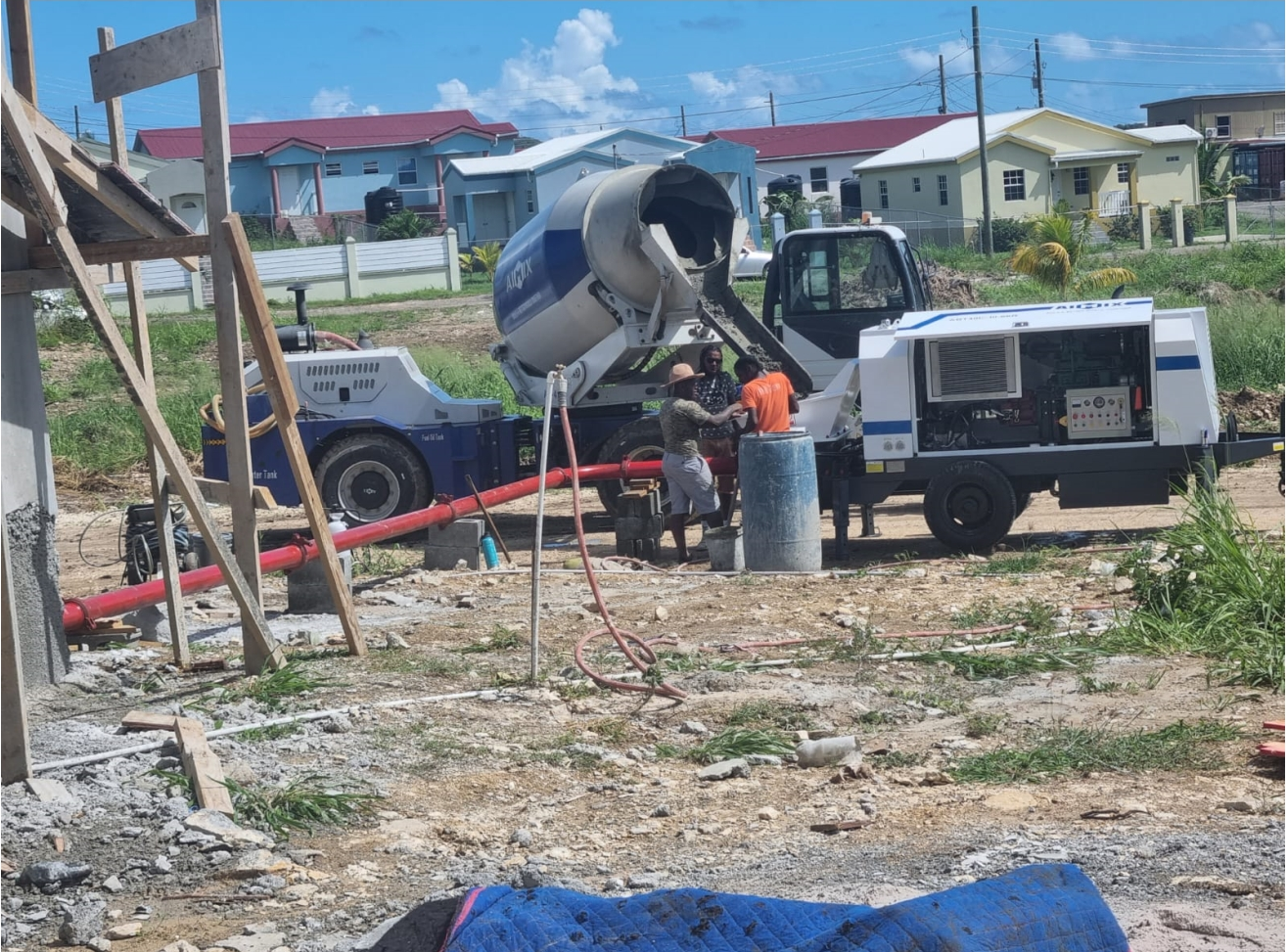When evaluating self-loading concrete mixer with pump prices in The Philippines, it’s crucial to consider long-term costs beyond the initial purchase price. These costs play a significant role in the overall value and return on investment of the equipment. Let’s explore the key long-term cost considerations:
The Importance of Total Cost of Ownership (TCO)
Initial Purchase Price vs. Total Cost of Ownership
While the initial purchase price of a self-loading concrete mixer with pump is a significant factor, it’s essential to look beyond this upfront cost and consider the total cost of ownership (TCO) over the self loading cement mixer equipment’s lifespan. TCO encompasses various expenses, including maintenance, repairs, fuel consumption, and operational downtime, which can significantly impact the overall cost-effectiveness of the equipment.
Calculating TCO: Factoring in Maintenance and Repair Costs
Calculating the TCO involves estimating ongoing maintenance and repair costs associated with the self-loading concrete mixer with pump. Factors such as the frequency of maintenance intervals, the availability of spare parts, and the expertise required for repairs should be taken into account. By accurately assessing these costs, buyers can make informed decisions and choose equipment that offers the best long-term value.

Fuel Efficiency and Operational Costs
Assessing Fuel Efficiency and Consumption
Fuel efficiency is a crucial consideration when evaluating the long-term costs of a self-loading concrete mixer and concrete pump for sale Philippines. Equipment with higher fuel efficiency can significantly reduce operational costs over time by minimizing fuel consumption during operation. Factors such as engine design, power output, and operational efficiency play a role in determining fuel efficiency and should be carefully evaluated.
Operational Costs: Downtime and Productivity Losses
Operational costs, including downtime and productivity losses, can have a substantial impact on the overall cost of owning and operating a self-loading concrete mixer with pump. Equipment reliability, durability, and performance directly influence operational efficiency and the frequency of downtime due to maintenance or repairs. Buyers should prioritize equipment with a proven track record of reliability and minimal downtime to minimize operational costs.

Lifecycle Analysis and Resale Value
Conducting Lifecycle Analysis for Cost Projection
Conducting a lifecycle analysis allows buyers to project the long-term costs of owning a self-loading concrete mixer with pump over its entire lifespan. This analysis considers factors such as depreciation, maintenance expenses, and potential resale value at the end of the equipment’s service life. By conducting a comprehensive lifecycle analysis, buyers can make informed decisions and choose equipment that offers the best overall value.
Considering Resale Value and Depreciation
Resale value and depreciation are critical factors in evaluating the long-term cost considerations of a self loading concrete mixer for sale Philippines with pump. Equipment that retains its value well and has a strong resale market can mitigate long-term ownership costs by providing a higher return on investment at the end of its service life. Factors such as equipment condition, age, and market demand influence resale value and should be taken into account when evaluating long-term costs.
In conclusion, when evaluating self-loading concrete mixer with pump prices in The Philippines, it’s essential to consider long-term cost considerations beyond the initial purchase price. By assessing factors such as total cost of ownership, fuel efficiency, operational costs, and lifecycle analysis, buyers can make informed decisions and choose equipment that offers the best long-term value and return on investment. Invest the best equipment from AIMIX Group: https://concretemixerwithpump.com/.